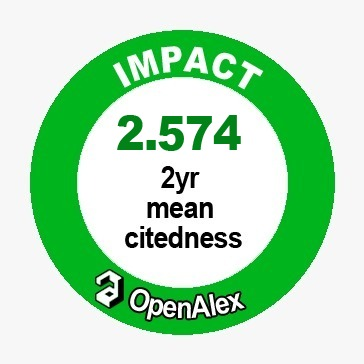Effects of Conventional Storage Methods on the Ascorbic Acid Content of Summer Vegetables
Downloads
The study aimed to determine the effect of common storage practices adopted at the domestic level on the ascorbic acid content of 12 summer vegetables. Five common techniques namely storage at room temperature, refrigeration, drying, freezing without blanching and blanching prior to freezing were applied. Results showed that almost all the vegetables were good sources of vitamin C. However, significant losses were observed during storage at room temperature (25% - 55.5%), refrigeration (11%-33.3%), freezing without blanching (12.5% - 61.5%), and freezing after blanching (38.8 – 66.6%). Data indicated sun drying being the most vulnerable method as far the percent losses in the Vitamin C levels in the sampled vegetables (66.6% - 87%) suggesting it to be the most inappropriate method at noncommercial level. The current study also confirmed the inevitable losses of Vitamin C in all the storage methods being evident from statistically significant lower values in the stored vegetables as compared to fresh vegetables. The present study thus emphasized the importance of nutrition education for the home makers to minimize nutritional losses and conserve the nutrients at the domestic level.





